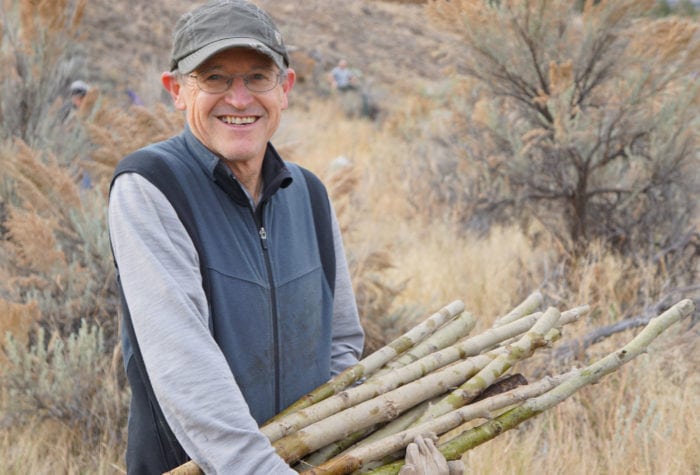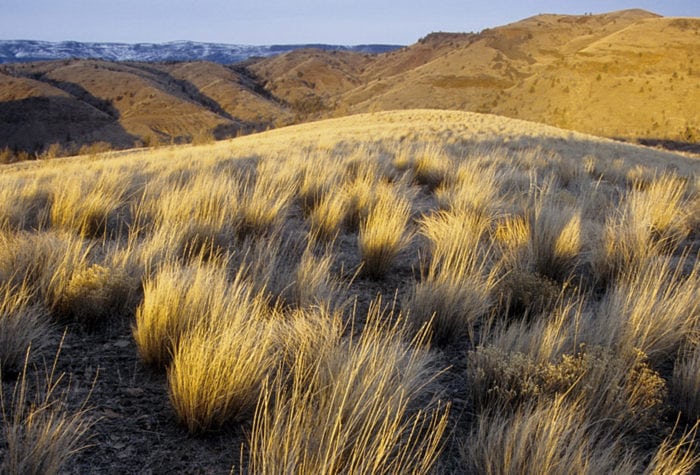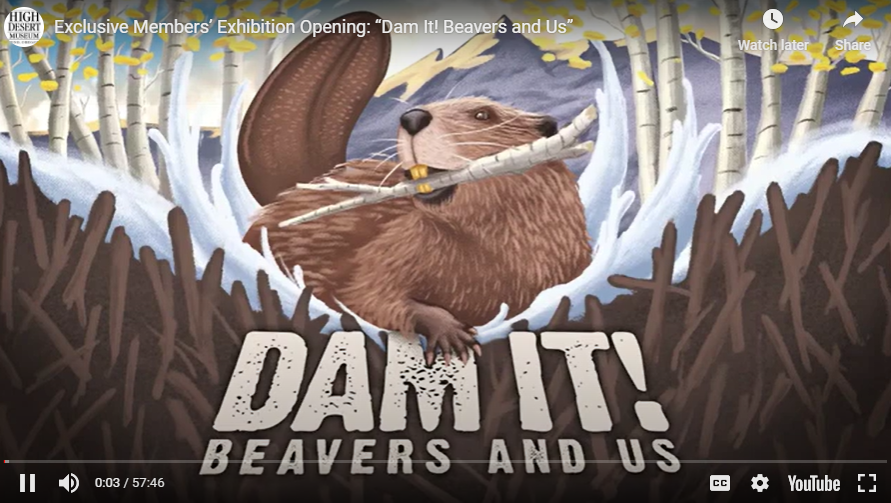Whether you’re learning about restoring streams and rivers for the first time, or you’re a life-long beaver believer, this list of resources will provide additional information on both how and why ONDA focuses on restoring beaver habitat in our riparian restoration programs.
Background and introductory resources
Historical background on the extirpation of beaver from the Pacific Northwest:
“Ruining” the Rivers in Snake Country
Ott 2003
A potpourri of concepts, beaver habitat does not persist without beaver, water storage volumes numbers:
Chapter 7. Euro-American Beaver Trapping and Its Long-Term Impact on Drainage Network Form and Function, Water Abundance, Delivery, and System Stability
Fouty 2018
Guidebook created as a result of the work at Bridge Creek:
The Beaver Restoration Guidebook version 2.01
Pollock et al. 2018
Beaver habitat as fire-breaks and refugia:
“Smokey The Beaver”
USFS webinar by Emily Fairfax
How and why ONDA restores beaver habitat:
“How to Build a Beaver Dam”
ONDA webinar presented by Jefferson Jacobs
How ONDA plans and implements planting:
“Planting the Seed for Beaver Success”
Poster for River Restoration Northwest 2024 by Jefferson Jacobs
Latest ONDA report detailing how beaver managed floodplains support 218 (75%) Oregon Conservation Strategy Species
Assessment of the Benefits of Beaver Managed Floodplains to Oregon Conservation Strategy Species
Report submitted to the Oregon Fish and Wildlife Commission in support of designating beaver managed floodplains as an Oregon Conservation Strategy Habitat. 2024 by Marleigh Dunning and Jefferson Jacobs


